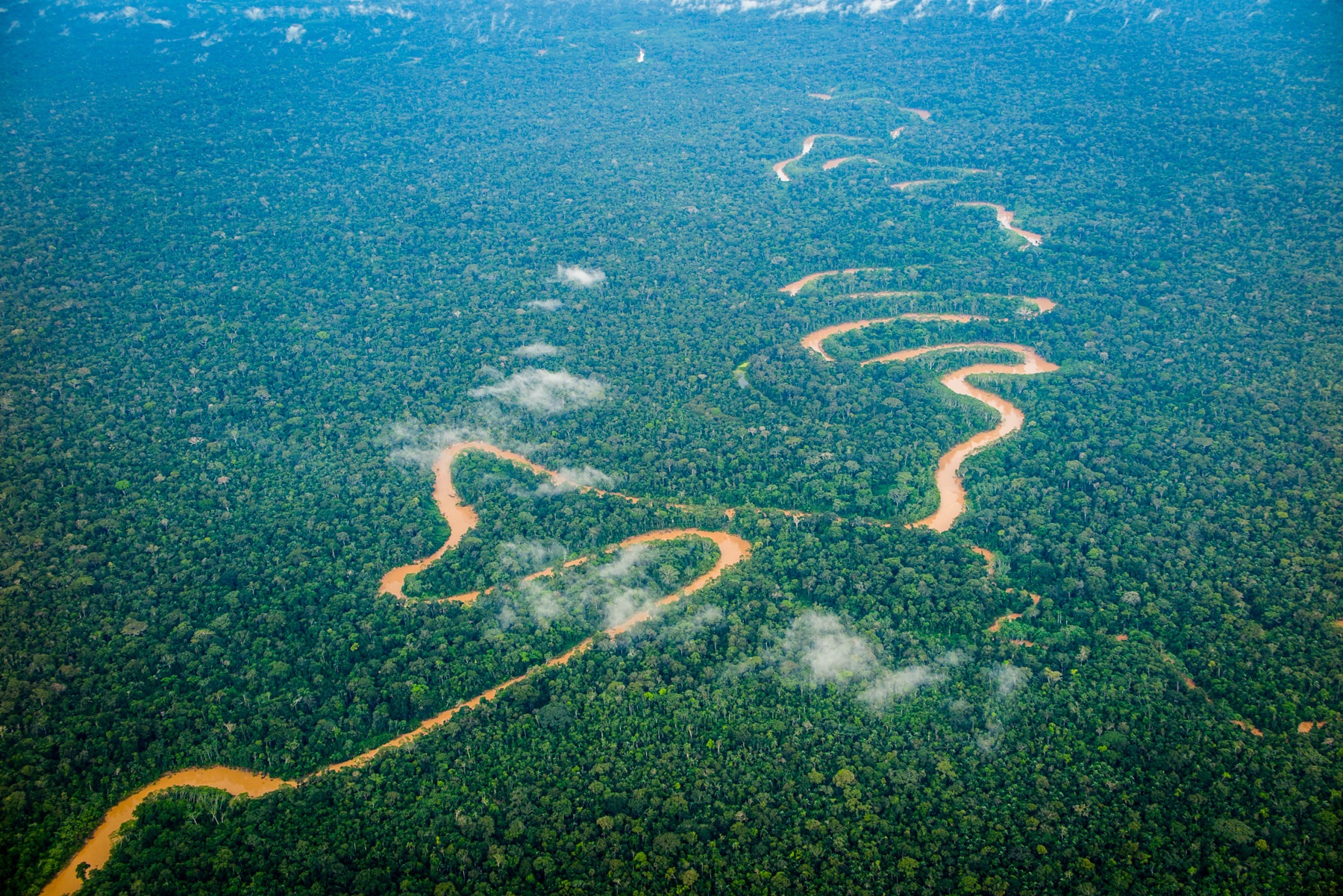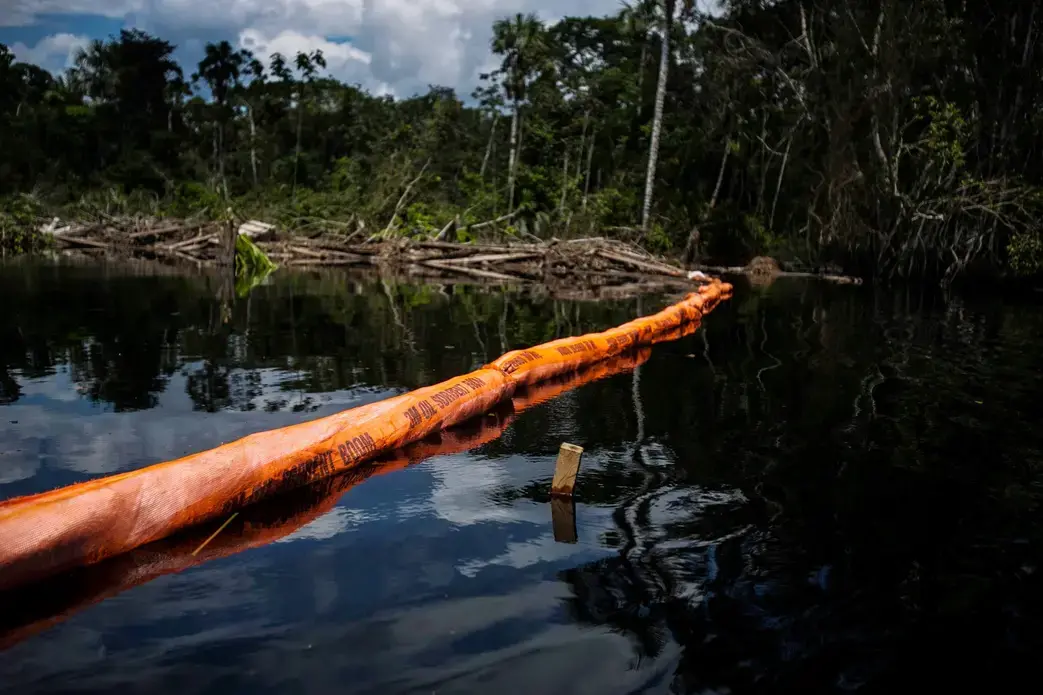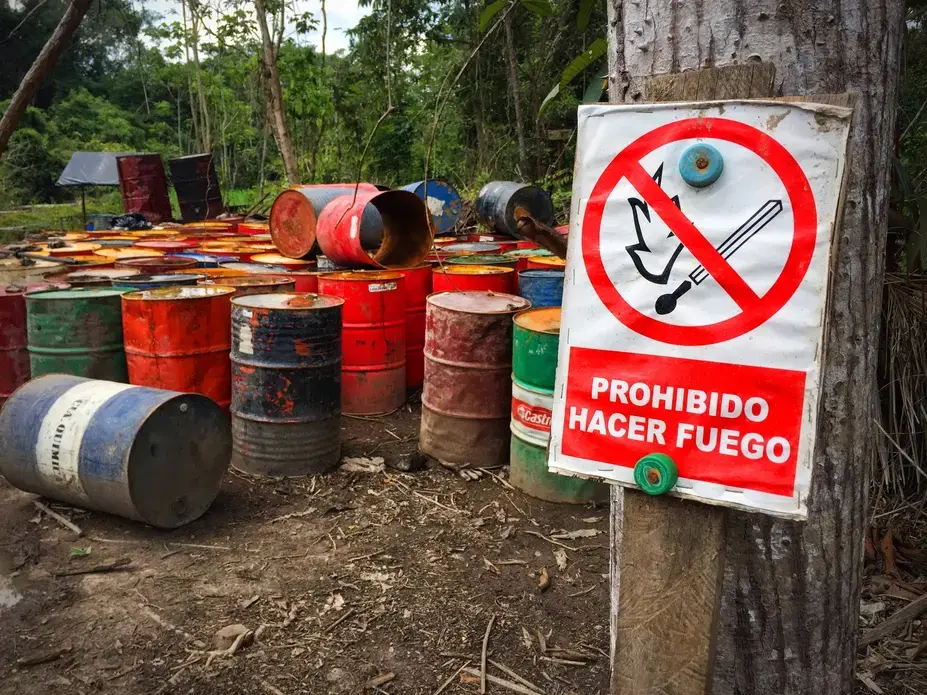LIMA, PERU—They don't know it, but the isolated peoples in Peru's Amazon are at the center of an international struggle involving multinational corporations, Peruvian ministries and courts, environmental groups, and billions of dollars in oil revenues. The fight also pits anthropologists against their own colleagues.
At the heart of the dispute are the massive oil and gas deposits underneath the rainforest. If researchers can demonstrate the existence of isolated peoples in a particular area, then it can be a candidate for a government reserve that can restrict—though not necessarily halt—development. The Ministry of Culture is now conducting studies to determine the existence and numbers of isolated peoples in proposed five reserves that total more than one million hectares—one-third the size of Belgium—many of which likely lay atop oil and gas reserves. The stakes for the future of both Peru's isolated tribes as well as the country's growing economy are huge.
But there is a Catch 22. Anthropologists don't want to seek out isolated tribes for fear of violating their privacy, and therefore cannot collect direct evidence of their existence. "The first rule is that you don't make contact," says Richard Smith, a Lima-based anthropologist who has done decades of work in the Peruvian Amazon. Instead, scientists typically use indirect approaches, such as interviewing villagers for information on sightings. Peruvian government officials, however, want solid proof before they grant protections to large swaths of land. "The state demands that you provide video and DNA evidence, which is absolutely ridiculous," says Smith.
Carlos Mora Bernasconi, an anthropologist at the Ministry of Energy and Mines who has consulted with oil companies, complains that the indirect approach to counting isolated peoples is deeply flawed. In an interview in his ministry office in Lima, he says that academic anthropological studies of isolated peoples "often lack a convincing methodology, historical context, and even bibliographies." He cites an instance involving the Cacataibo tribe of the western Peruvian Amazon. Anthropologists, he claims, confused myths about leprechaun-like creatures that live in the forest with living humans. "There is no evidence found in this area of isolated peoples, just footprints and shadows seen in the jungle."
Bernasconi accuses anthropologists such as Smith of more than using questionable methods. He contends that the studies are often purposefully biased to secure new territories for indigenous tribes. "His evidence is manipulated to show the existence of isolated peoples—no one had direct contact." Indirect evidence, such as footprints and gathering data on sightings by villagers, are the only practical ways to pinpoint the existence of these elusive people, according to Smith. Bernasconi's ties to the oil and gas industry and his limited training—he has a bachelor's degree in anthropology—make his claims suspect, he adds.
Such disagreements are not just ivory-tower vitriol. Bernasconi has doubts that four of the five proposed reserves are home to isolated peoples, while Smith suspects that most and possibly all of these areas are inhabited. The outcome of this debate will have a huge impact on the future of Peru. A loophole in the law, however, allows oil and gas development even in reserves or national parks if it is determined to be in the national interest.
Meanwhile, petroleum extraction in the Peruvian Amazon is well underway. Near the Ecuadoran border, for example, construction work recently began on a thousand kilometers of pipeline to pump 100,000 barrels of oil a day from 170 wells. Indigenous communities and international environmental groups bitterly oppose the $2 billion development by Perenco, an Anglo-French corporation. They claim that the area is home to some 100 members of an isolated tribe. Company and Peruvian government officials reject this claim, and Peruvian courts in recent year dismissed suits brought by a coalition of opponents to stop the development.
Smith believes that anthropologists have a duty to protect isolated peoples who have little voice as Peru develops, even if the odds of success are long. He is working with indigenous advocates to bring the matter to the attention of the human rights committee of the Organization of American States in Washington. "There are so few people who believe they exist," he says of the isolated peoples. "And fewer who care."
Bernasconi agrees with Smith that Peru has done far too little to help the forest tribes, even if he disputes where they live and how many still exist. "The government can't even provide healthcare for those who are no longer isolated," he says. "It is just not a priority. And this is a distressing situation."












